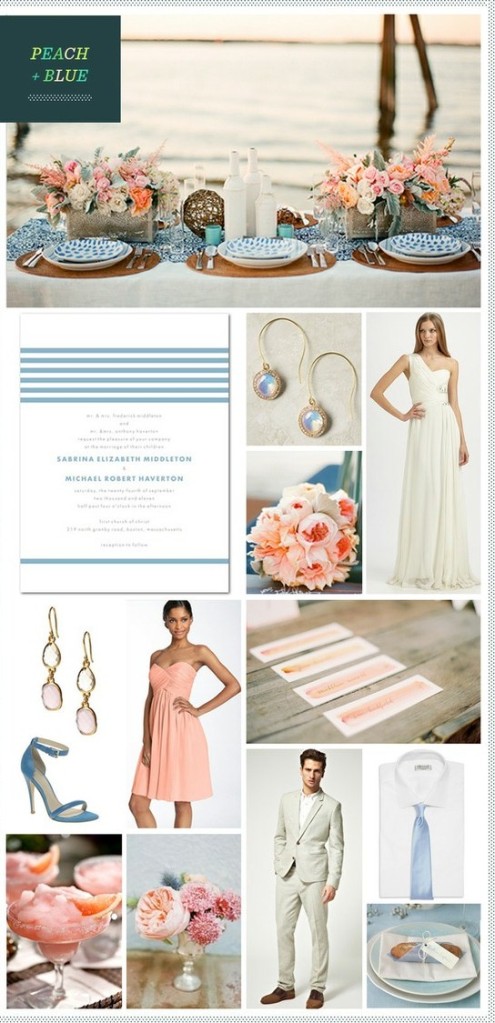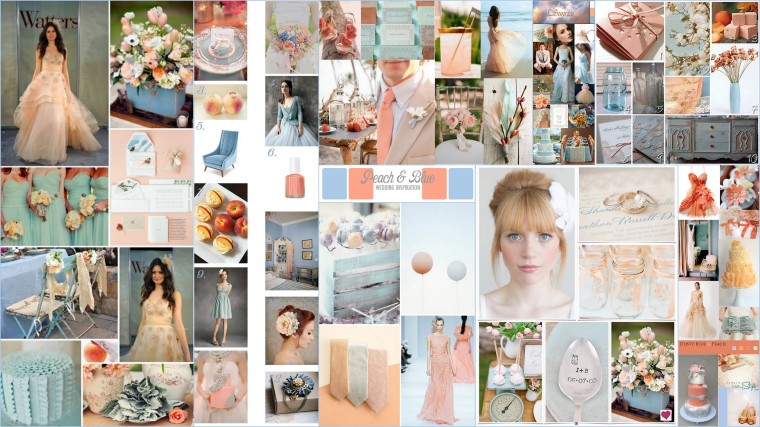This is a sort of mandatory post regarding Medan’s new airport, Kuala Namu International Airport (KNO). I believe the guests who have booked their flights for our wedding have received a notification from the airlines regarding the shifting of airport operations from Polonia International Aiport (MES) to Kuala Namu Interational Airport (KNO) effective 25 July 2013.
The modern, bigger airport is supposed to be a good news for the city and its people, but the bitter pill that all of us have to swallow is the fact that it’s located 32 km from Medan city centre. While that distance may not be surprising to other cities in Indonesia, it is a tremendous change for Medan, which many of us dreaded badly. The people in Medan had been spoiled by the old airport that was just a stone’s throw away from the city centre. And now, what used to be a mere 2 km from the city is an overwhelming 32 km away. How can it not be a big deal for everyone? It’s certainly going to take a great deal of getting used to for the people in Medan to let go the convenience that the good old Polonia provided all this while.
David and I crossed all of our fingers, fervently hoping that the new airport would only be in operation after our wedding, which would’ve been a lot more convenient for us and our guests. But sad to say, it’s clearly not working to our favour.
However, we shall keep calm and carry on! Well, the cool thing about KNO is that when you, our dear guests, land in Medan, you won’t have to put up with what the old airport used to be like: small, hot and dirty. Instead, you’ll arrive at a cool, sparkling new airport that occupies 1,365 ha of land, which is also the country’s second largest airport after Jakarta’s Soekarno-Hatta International Airport, and – wait for it – the first one in Indonesia with direct rail link to the city! KNO may not be convenient, but it’s surely more comfortable :)
Alright, after much rambling, let’s get to the whole point of this post. So, here are some useful pictorial guides about KNO:
Access from/to KNO
- Jalan Monginsidi is located at the city centre.
- Based on experience, the travel time from the city to KNO by car is about 1 to 1.5 hours depending on the traffic. However, please note that the travel time from KNO to the city could be longer, which may take up to 2.5 hours. This is due to the heavy traffic along the arrival gate to the exit.
Public Transportation
- By train. The train to and from KNO is managed by Airport Railink Services (ARS), which is the pioneer of direct rail link from the airport to the main city and vice versa. Some information about the direct rail link:
- Besar Merdeka Train Station is located on Jalan Stasiun Kereta Api.
- The train travels 26 round trips a day to and from KNO.
- The train can accommodate up to 172 passengers per trip.
- The train is fully air-conditioned and equipped with spacious cabins, reclining seats, luggage compartments and Wi-Fi.
- Passengers may make ticket reservation at the train station from 7 days to 1 day prior to departure date.
- Passengers with domestic flights are to depart Besar Merdeka Train Station for KNO at least 2 hours prior to the departure time of the flight. Passengers with international flights are to depart at least 3 hours prior to the departure time of the flight.
- If you need to change the train ticket to another departure time, you can do so latest by 3 hours prior to the departure time stated on the train ticket, with an administration fee of 25% of the ticket fare.
- Cancellation can only be done latest by 3 hours prior to the departure time stated on the train ticket, with an administration fee of 50% of the ticket fare.
- Passengers aged 3 years and over are to purchase 1 ticket.
- Should you need further information, you may contact ARS at +62 21 3502963 or info@railink.co.id
- The train schedule below is for your reference only. You ought to to check the updated schedule here nearer to date.

Adapted from http://railink.co.id/
- By public bus (DAMRI). You’re advised to leave early during peak hours, i.e. 7 am – 9 am and 5 pm – 7 pm, to ensure that you reach the airport on time.
- By taxi. You may read some info on guest information tab.
Personally, we won’t recommend you to take the public bus. Instead, we’d suggest commuting from and to KNO by car or taxi. Well actually, the new rail link sounds very promising as well, but as of now we can’t say anything about it as neither both of us nor our family members have tried it so far. We’ll definitely give you a heads-up about it when we have a chance to give it a try. Meanwhile, to give you a better idea about some of the locations mentioned above in relation to the reception venues, click on the map below.

Source: https://maps.google.com/
Floor Plans

Phew! Don’t you feel information-overloaded? I do, but we really hope you’ll find this piece of information-packed post useful, too :) Have a safe and pleasant trip to Medan this October! ;)
P.S. The pictorial information in this post is taken from an information booklet courtesy of AirAsia Indonesia.

















 When we saw it, we knew we were almost there! The peach colour is so much better and we like the new font. The circle does contain the logo elements perfectly even though the port hole idea didn’t really make it to the design. I got the idea of the circle from the nautical spread featured in ‘Her World – BRIDES’ magazine which is by the way, the one and only bridal magazine I’ve had so far. Anyway, I reckoned the banner would capture most of the attention since it is in the only part with solid colour, as shown in the logo on the left. So I guess it’s kind of a reversed psychology to make our initials (the sail) stand out instead. I realised the only thing which would highlight our initials was not the lack of colour on the rest of the logo, but the opposite. So we chose the logo on the right, with a couple of final touches. I requested for our names to be bold and the circle to be in peach-blue instead of white-blue. And with that, we’ve finally come to our final wedding logo that we love so, so much! :))
When we saw it, we knew we were almost there! The peach colour is so much better and we like the new font. The circle does contain the logo elements perfectly even though the port hole idea didn’t really make it to the design. I got the idea of the circle from the nautical spread featured in ‘Her World – BRIDES’ magazine which is by the way, the one and only bridal magazine I’ve had so far. Anyway, I reckoned the banner would capture most of the attention since it is in the only part with solid colour, as shown in the logo on the left. So I guess it’s kind of a reversed psychology to make our initials (the sail) stand out instead. I realised the only thing which would highlight our initials was not the lack of colour on the rest of the logo, but the opposite. So we chose the logo on the right, with a couple of final touches. I requested for our names to be bold and the circle to be in peach-blue instead of white-blue. And with that, we’ve finally come to our final wedding logo that we love so, so much! :))






